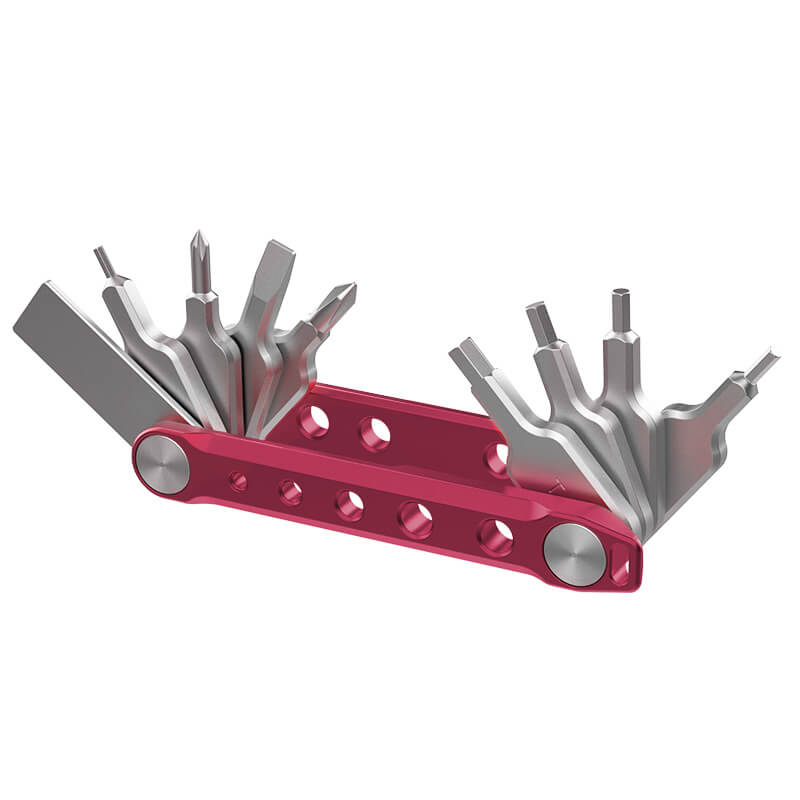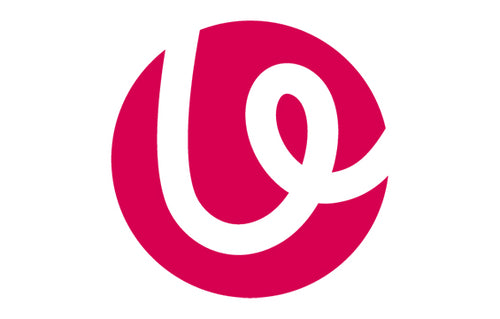When choosing the right head for your photography, it's important to understand the differences between the two most popular options: ball heads and gimbals. Each type of head has its own unique design, functionality and advantages, making it crucial to choose the one that best suits your specific needs. To help you make an informed decision, in this blog we'll delve into the world of ball and gimbal heads and compare their features, pros and cons.
Quick Comparison between Ball Head and Gimbal Head
| Feature | Ball Head | Gimbal Head |
|---|---|---|
| Ease of Use | Easy to use and quick to set up | More difficult to set up and adjust |
| Weight and Portability | Lightweight and portable | Bulkier and heavier |
| Stability | Lower stability with heavy gear | Superior stability with heavy loads |
| Precision | Difficult to make precise adjustments | Allows greater precision and control |
| Cost | More affordable option | Typically more expensive |
| Best Use | Landscape, travel, general use | Wildlife, sports with long lenses |
What are Ball Heads?
Ball heads are a popular choice among photographers due to their simple and intuitive design. A ball head consists of a single ball-and-socket joint that allows for quick and easy adjustments to the camera's position. With a single locking mechanism, you can control the ball head's movement and secure your camera in place. The ball-and-socket design allows for a wide range of movement, enabling you to quickly compose your shots and make adjustments on the fly.

The Pros of Using Ball Heads: Lightweight, Compact, and Versatile
Compact and Lightweight
Ball heads are generally compact and lightweight, making them an excellent choice for photographers who prioritize portability. They are perfect for travel photography or situations where you need to minimize the weight of your gear.
Quick and Easy to Set Up and Adjust
With a single locking mechanism, ball heads are incredibly quick and easy to set up and adjust. You can quickly compose your shots and make adjustments without fumbling with multiple knobs or levers.
Versatile for Various Photography Genres
Ball heads are versatile and can be used for a wide range of photography genres, including landscape, travel, and studio photography. Their versatility and ease of adjustment make them popular among photographers who need a head that can adapt to various shooting scenarios.

The Cons of Ball Heads: Understanding the Limitations
Limited Weight Capacity
One of the main drawbacks of ball heads is their limited weight capacity. They are not designed to support heavy camera and lens combinations, which can lead to instability and potential damage to your gear.

Potential for Camera Drift During Long Exposures
Ball heads can be prone to camera drift during long exposures, especially when using heavier lenses. This can result in blurry images and compromised sharpness.
Difficulty in Making Precise Adjustments
While ball heads are quick and easy to adjust, they can be challenging to make precise adjustments with, particularly when it comes to panning or tilting. This will upset photographers who require a high level of accuracy in their compositions.
What are Gimbal Heads?
Gimbal heads are designed specifically for use with long telephoto lenses and heavy camera setups. They feature separate pan and tilt axes, allowing for smooth and fluid motion when tracking subjects.
What Benefits Do Gimbal Heads Offer?
Ideal for Long Telephoto Lenses
Gimbal heads are designed to handle the weight and size of long telephoto lenses, making them the perfect choice for wildlife and sports photography.
Smooth and Fluid Motion for Tracking Subjects
The separate pan and tilt axes of a gimbal head allow for smooth and fluid motion when tracking moving subjects, such as birds in flight or athletes on the field.
Effortless Handling of Heavy Gear
With a counterbalance system, gimbal heads make it effortless to handle heavy camera and lens combinations, reducing fatigue and allowing for longer shooting sessions.

What Drawbacks Do Gimbal Heads Have?
Bulky and Heavy
Gimbal heads are generally bulkier and heavier than ball heads, which can be a drawback for photographers who prioritize portability and lightweight gear.
More Expensive Than Ball Heads
Due to their specialized design and functionality, gimbal heads tend to be more expensive than ball heads, which can be a consideration for photographers on a tight budget.
Longer Setup Time
Setting up a gimbal head can take longer than setting up a ball head, as you need to adjust the counterbalance and ensure that your camera and lens are properly balanced.

Comparing Ball Heads and Gimbal Heads
Ease of Use and Setup Time
Ball heads are generally easier to use and quicker to set up than gimbal heads. It's a good choice for photographers who need to work quickly and efficiently.
Weight and Portability
Compared to gimbal heads, ball heads are typically lighter and more portable, so it's a better option for photographers who need to reduce the weight.
Stability and Load Capacity
In terms of superior stability and load-bearing capacity, gimbal heads outperform ball heads and are more suitable for photographers using heavy camera and lens combinations.
Precision and Control
Gimbal heads provide greater precision and control when composing shots, particularly when it comes to panning and tilting movements.
Versatility for Different Photography Genres
While ball heads are versatile and can be used for a wide range of photography genres, gimbal heads are specifically designed for use with long telephoto lenses and are best suited for wildlife and sports photography.
How to Choose Between a Ball Head and a Gimbal Head
Think about Your Photography Style and Needs
When choosing between a ball head and a gimbal head, it's essential to consider your photography style and specific needs.
- Landscape and Travel Photography: For landscape and travel photography, a ball head wins due to its compact size, lightweight design, and versatility.
- Wildlife and Sports Photography: For wildlife and sports photography, a gimbal head is the ideal choice, as it provides the stability, precision, and smooth tracking necessary for capturing fast-moving subjects.
- Studio and Portrait Photography: For studio and portrait photography, either a ball head or a gimbal head can be used, and it depends on the specific requirements of the shoot and the photographer's preferences.
Budget Considerations
Budget is another important factor to consider when choosing between a ball head and a gimbal head. Ball heads are generally more affordable than gimbal heads, making them a good choice for photographers on a tight budget.
Personal Preferences and Ergonomics
Finally, personal preferences and ergonomics should also be taken into account when selecting a tripod head. Some photographers prefer the simplicity and ease of use of a ball head. Others prefer the precision and control of a gimbal.
Choose the Right Tripod Head for Yourself
Both ball heads and gimbal heads have their own unique advantages and disadvantages, and the best choice will depend on your specific photography needs and preferences. When deciding between a ball head and a gimbal head, it's essential to evaluate your photography style, budget, and personal preferences. Whether you choose a ball head or a gimbal head, investing in a high-quality tripod head can make a significant difference in the quality and consistency of your images, allowing you to take your photography to the next level!






